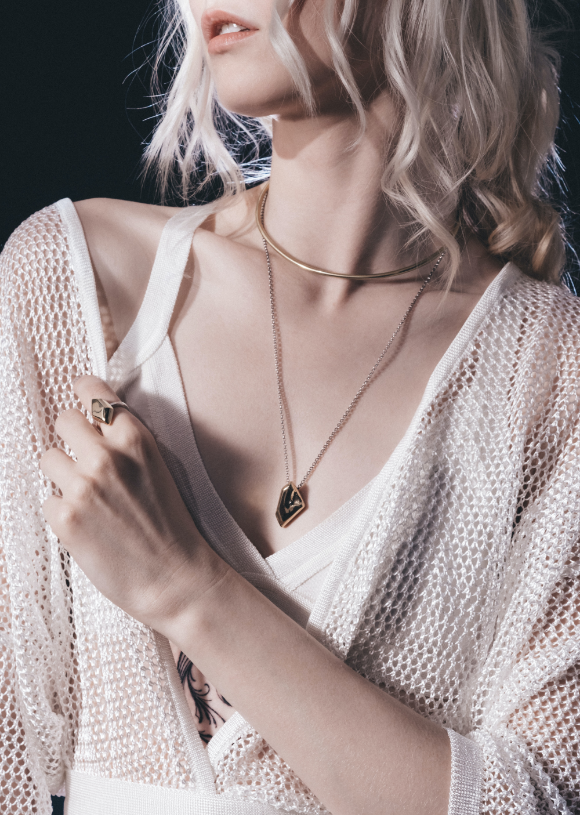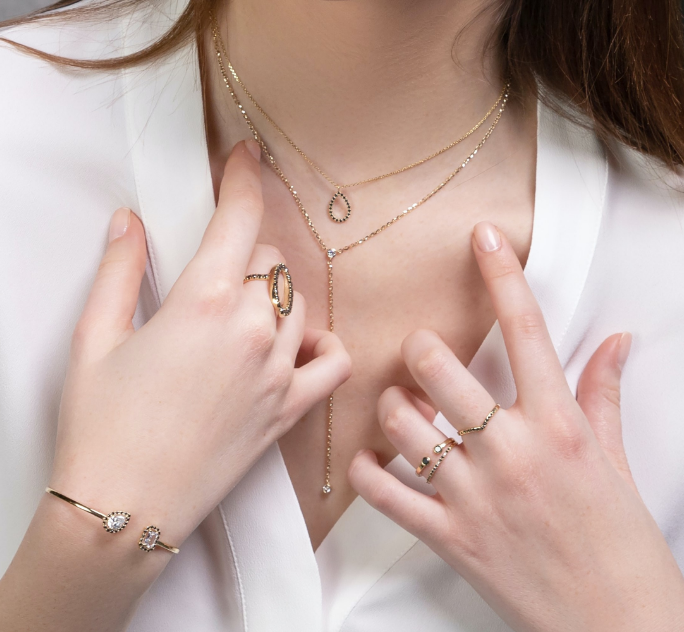Following a temporary period of stagnation, the jewelry business is enjoying a rapid ascent. Data from the Bureau of Economic Analysis’ (BEA) reveals that personal jewelry consumption reached a shocking $94.6 billion in 2021 — a huge increase from the 2020 figure of $62.3 billion.
While a variety of factors contributed to this unprecedented spending, revolutionary marketing strategies and new digital opportunities deserve much of the credit. A recent report reminds us that jewelry has long lagged behind other luxury-oriented businesses in its shift to digital, but it's clear that this industry is starting to catch up. Data from McKinsey (BEA) reveals that online sales now account for 13 percent of fine jewelry's global market, with the expectation that it will "be more branded, more digital" in the next few years.
While the market's growth in 2021 was exciting, skeptics point out that this may not be sustainable. Consumers may be eager to invest in fine jewelry, but they're also compromised by unprecedented inflation.
Further challenges accompany customers' growing reluctance to pursue 'traditional' paths when purchasing jewelry: they're less inclined to visit physical stores or make purchases on the spot if they do find themselves in brick-and-mortar locations. Thankfully, these challenges can be overcome via a wide array of exciting digital solutions, several of which are highlighted in detail below:



